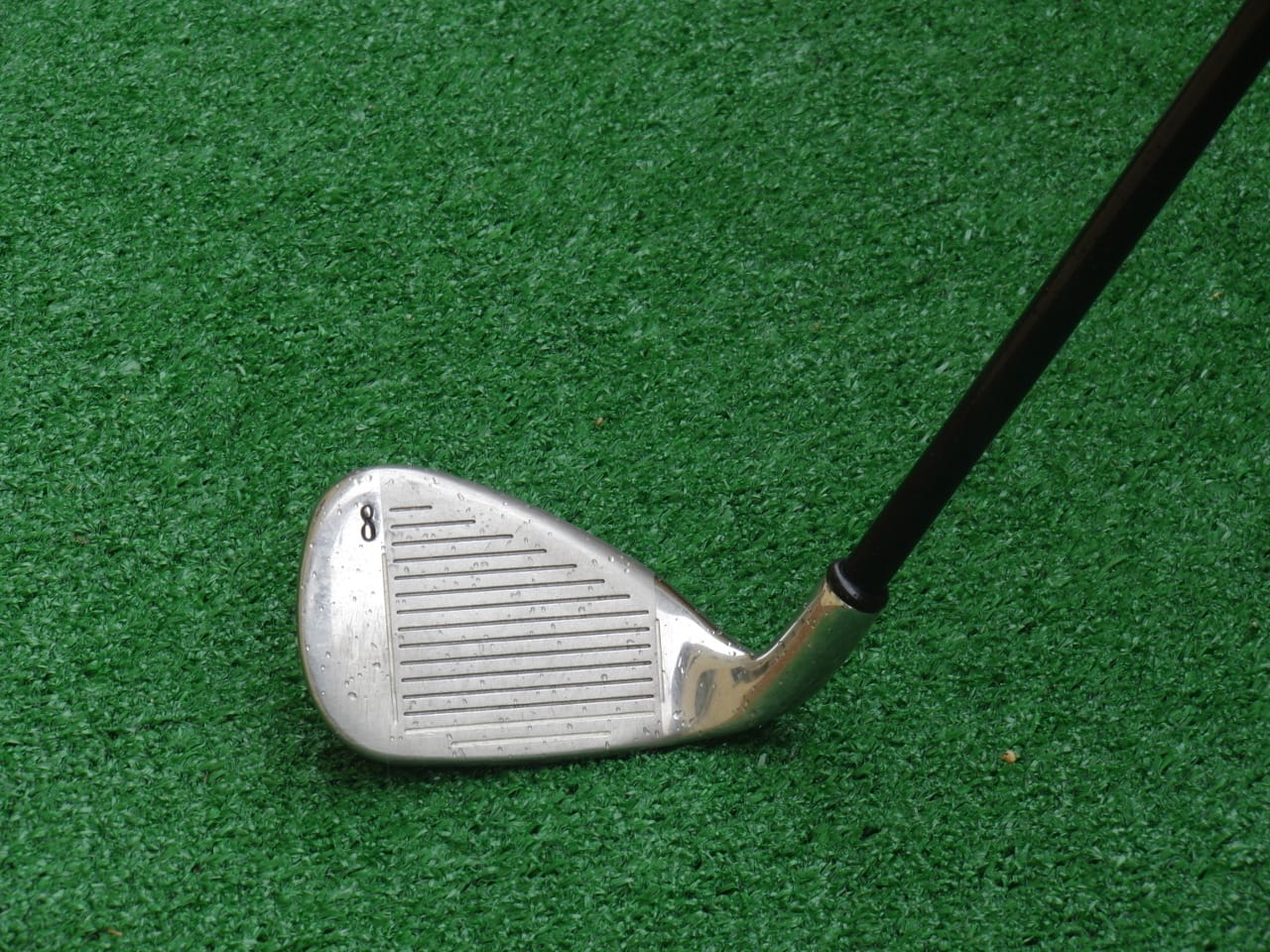Golfers, it’s an inevitable truth that our beloved irons, the workhorses of our game, eventually succumb to the relentless grind of regular use. Reshafting, the process of replacing their shafts, becomes an essential investment in maintaining optimal performance and enjoying the precision and feel we crave on the golf course.

Image: www.independentgolfreviews.com
Understanding the financial implications of reshafting is crucial for every golfer, whether it’s a routine maintenance procedure or a decision driven by a desire for improved performance. Let’s delve into the factors that influence the cost of reshafting, so you can make informed decisions and plan accordingly.
Factors Influencing the Cost of Reshafting Irons
1. Type of Shaft Material
The choice of shaft material significantly affects the cost of reshafting. Graphite shafts, known for their combination of lightweight and strength, are typically more expensive than steel shafts, which have a heavier feel and tend to be more affordable.
2. Shaft Flex and Profile
The flex and profile of the shaft you choose also play a role in determining the cost. Stiffer shafts, designed for golfers with higher swing speeds, generally cost more than regular or senior flex shafts. Custom-profiled shafts, tailored to specific swing dynamics, come with a premium price tag.

Image: skilledgolf.com
3. Brand and Reputation
As in most industries, established brands command a higher market value. Reshafting with premium brands like True Temper, Nippon Shaft, or UST Mamiya will incur a higher cost compared to lesser-known brands.
4. Number of Irons Reshafted
The number of irons you need to reshaft also impacts the total cost. While reshafting a single iron can be cost-effective, reshafting an entire set will significantly increase the expenses.
5. Labor Costs
The labor cost for reshafting can vary depending on the golf club repair shop you choose. Factors such as location, experience, and the complexity of the reshafting process can affect the labor charges.
Approximate Cost Breakdown
To provide a general idea of the financial implications, here’s an approximate cost breakdown for reshafting irons:
- Steel shaft: $20-$40 per shaft
- Graphite shaft: $30-$60 per shaft
- Labor cost: $5-$15 per iron
Assuming you need to reshaft a set of 8 irons with mid-priced graphite shafts, the total cost would be approximately $270-360, excluding taxes and any additional services.
Expert Insights and Actionable Tips
To maximize your reshafting investment, consider these expert insights:
- Consult a professional: An experienced club fitter can assess your swing and make recommendations based on your individual needs and budget.
- Timing is key: Reshafting at the right time can prolong the life of your irons and enhance your performance.
- Consider the resale value: When upgrading shafts, choose models that won’t significantly diminish the resale value of your irons.
How Much Does It Cost To Reshaft Irons
Conclusion
Reshafting irons is an important aspect of golf equipment maintenance and performance optimization. By understanding the factors that influence the cost, golfers can make informed decisions that align with their playing style and budget. Whether it’s a minor repair or a major upgrade, reshafting can breathe new life into your irons and keep you swinging with confidence on the golf course.
Remember to consult a reputable club fitter, time your reshafting appropriately, and consider the resale value of your irons. By taking these steps, you can ensure that your reshafting investment enhances your golf experience for years to come.